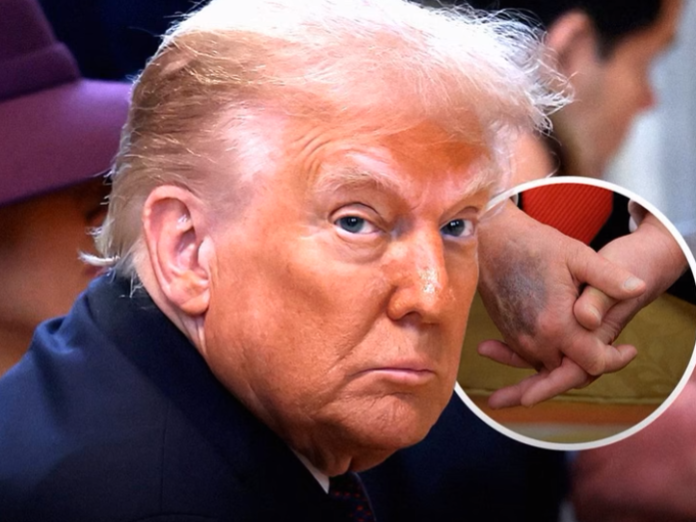Concerns over former President Donald Trump’s health resurfaced this week after his unexpected return to Walter Reed Medical Center — just three months after doctors diagnosed him with a vascular condition. The 79-year-old leader, known for his packed schedule and energetic public appearances, reportedly underwent a series of follow-up tests and imaging scans. His visit, initially described as “routine,” reignited speculation about his overall fitness, especially as the White House maintained a carefully worded silence on the details.
According to the president’s physician, Capt. Sean Barbabella, the latest evaluation was part of Trump’s ongoing “health maintenance plan.” The appointment included laboratory screenings and advanced imaging to monitor his July diagnosis of chronic venous insufficiency — a condition that affects blood circulation in the legs. Despite online buzz, Barbabella emphasized that Trump remains “in exceptional health,” maintaining an active schedule and showing “no signs of limitation.”
Medical experts, however, continue to advise caution. While the condition is generally not life-threatening, doctors note it can become uncomfortable or develop complications if ignored — particularly in older adults with demanding routines. Trump’s July symptoms, including mild swelling in his legs, were reportedly managed through routine monitoring and preventive measures. His physician also dismissed recent social media speculation about bruising on Trump’s hand, calling it a result of frequent handshakes and aspirin use.
At 79, Trump remains the oldest person ever elected to the U.S. presidency, and his health has remained a frequent topic of public interest. The White House insists that his test results were “exceptional” and that he continues to perform his duties without restriction. Still, his recent hospital visit serves as a reminder that even the most resilient figures aren’t immune to time’s quiet tests — and that transparency about health remains a vital part of public trust.


